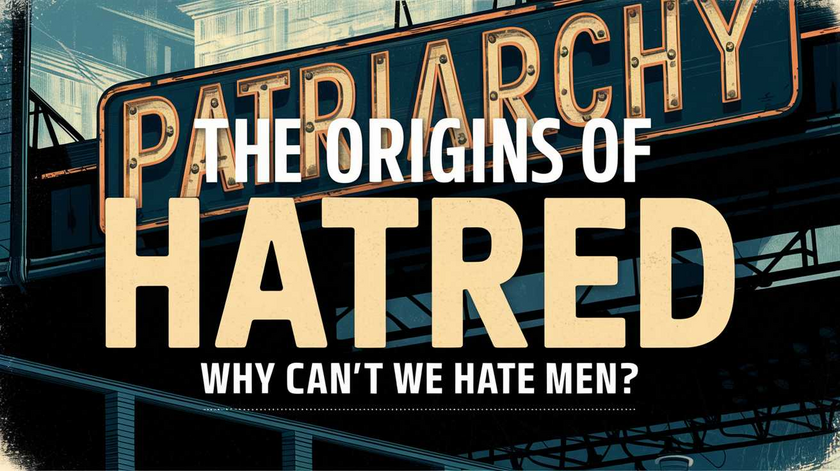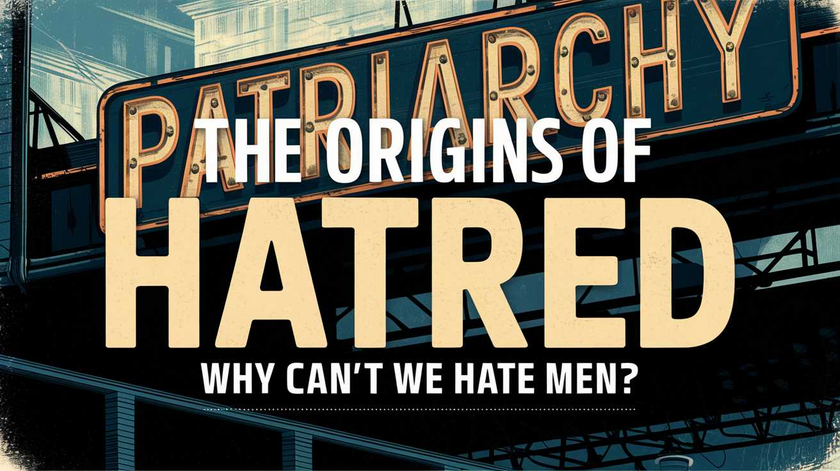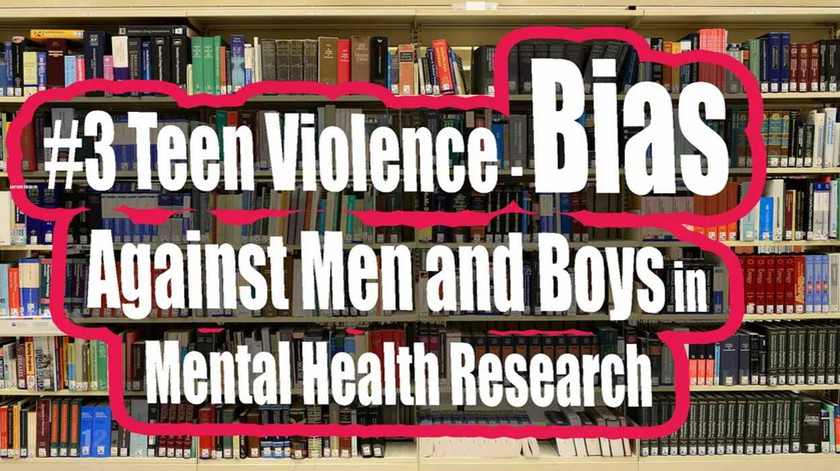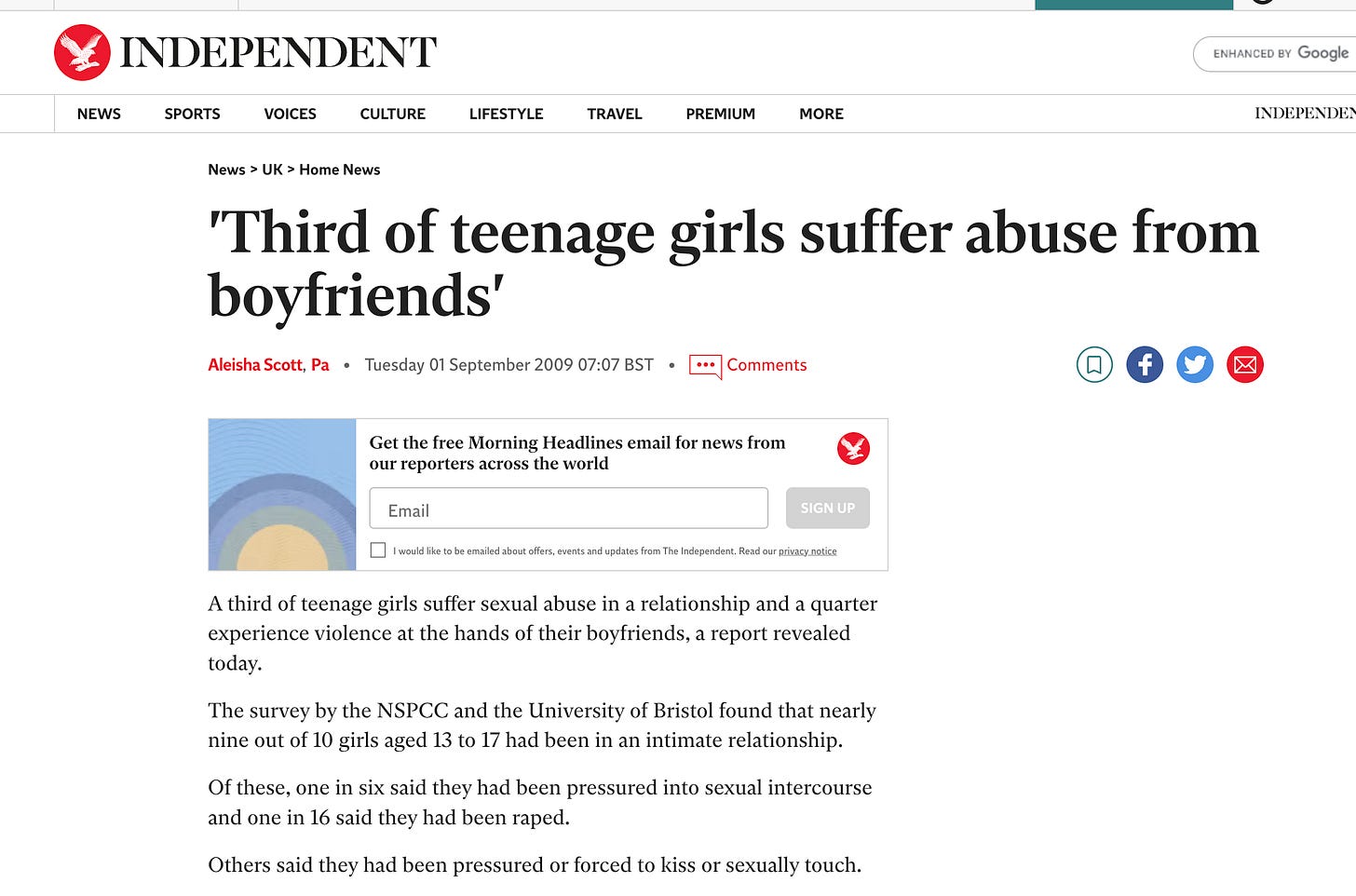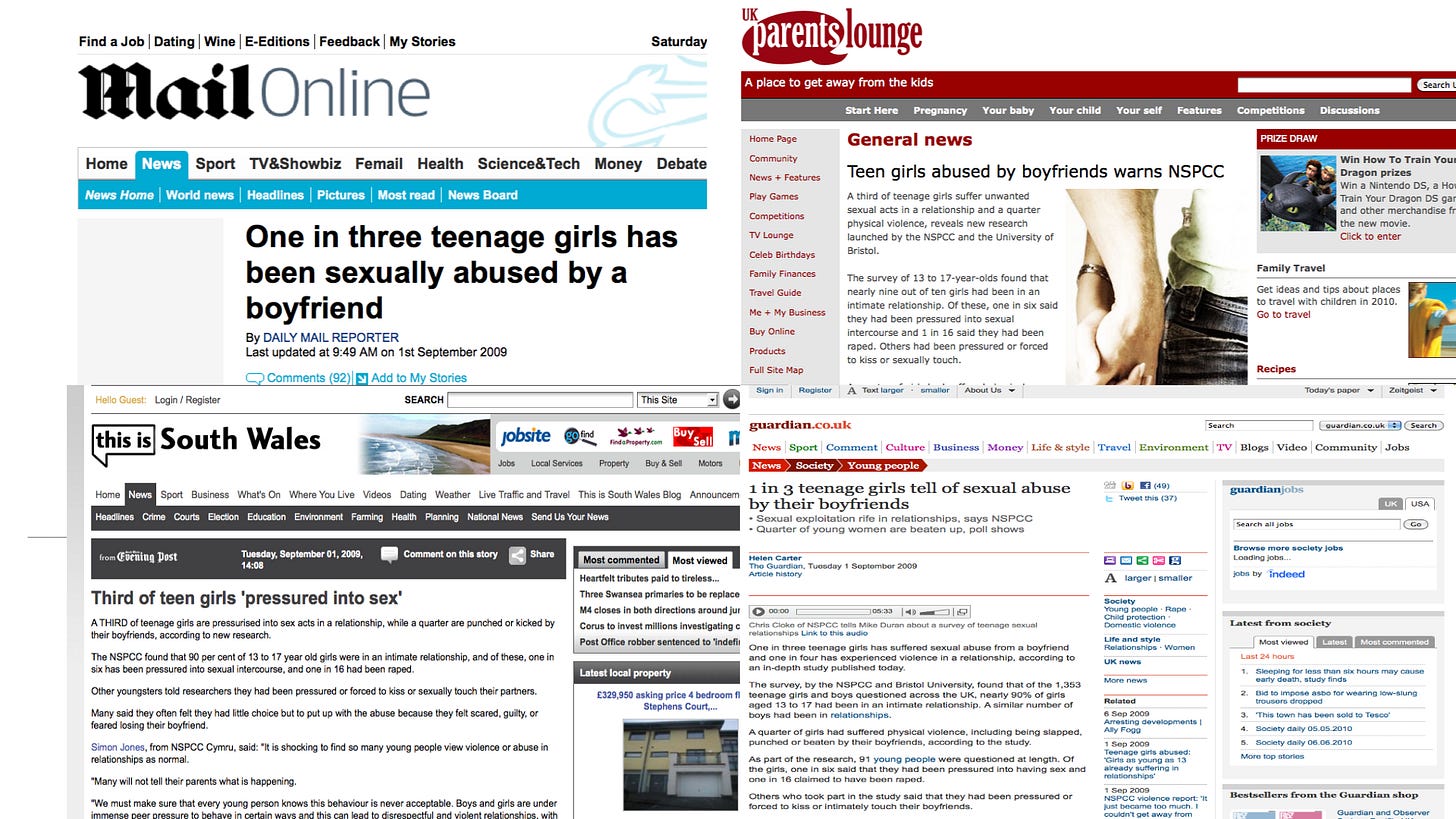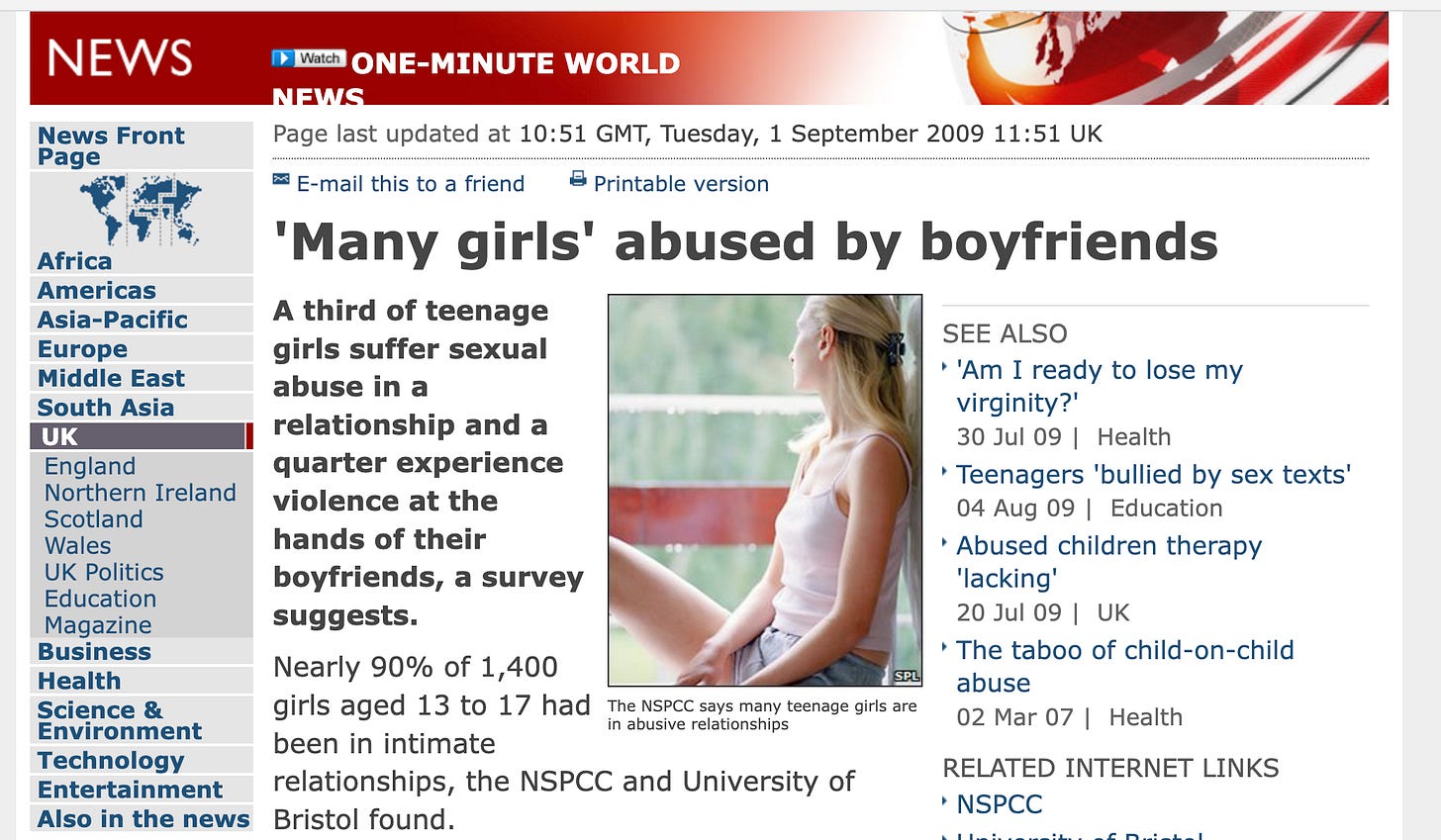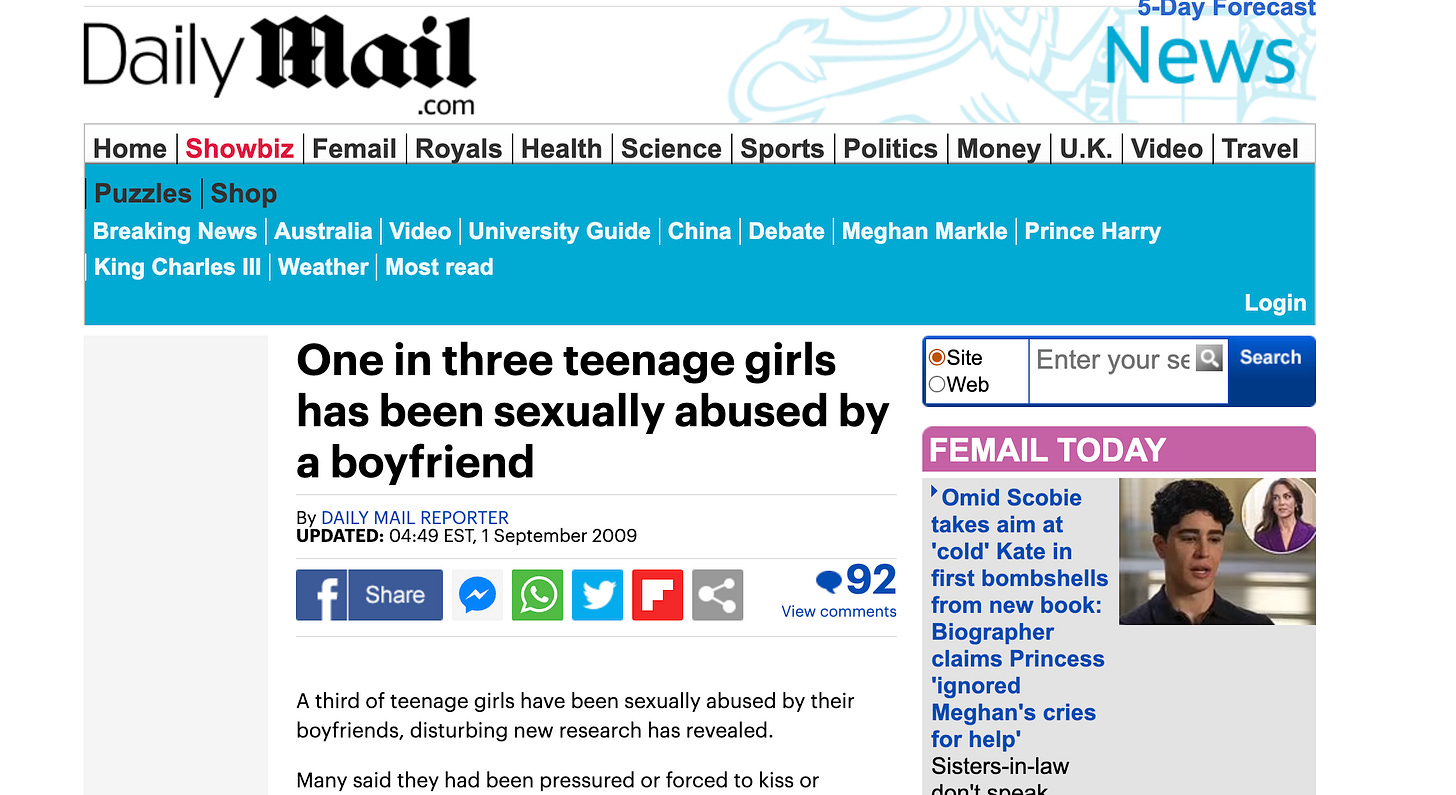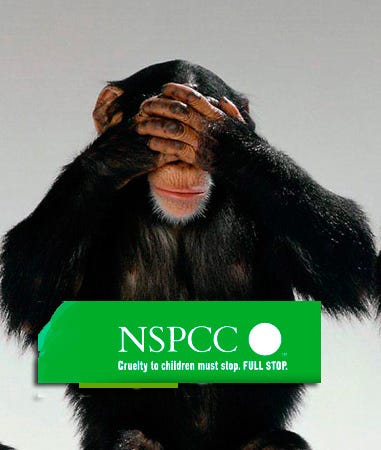The Origins of Hatred
Hatred feels like it’s everywhere these days. It’s erupting across countries, communities, and causes — whether it’s resentment toward Whites in South Africa, the relentless fury over Gaza, backlash against anything connected to Tesla, or the media’s obsessive vilification of Donald Trump. Politics, religion, race, climate, abortion — you name it, and someone’s ready to rage about it.
Sure, we’ve seen violent protests before — the Watts riots in ’65, the upheaval after Martin Luther King Jr.’s assassination in ’68, the Rodney King riots in ’92. But those flashpoints were spread out over decades. Today? Violent protests feel constant, and the anger’s coming from every direction. These aren’t just crowds waving signs; we’re watching groups turn to chaos and destruction, convinced their cause matters so much that violence is not only justified — it’s necessary.
It’s alarming how casually some now treat violence as a political weapon. Smash a Tesla dealership? Fine. Call for the assassination of Elon Musk or Donald Trump? Some won’t even flinch.
And it’s left me wondering: Where does all this hatred come from? Why does it seem worse now? What sparks it — and what keeps it alive?
So, I asked ChatGPT. And what I found was fascinating. The first thing that came up? The evolutionary roots of hatred.
Here’s what it said:
Evolutionary
Origins of Hatred
From an evolutionary standpoint, emotions are not random but serve specific survival functions. Hatred, though often viewed as negative, has likely played a crucial role in human survival. It can be understood as an extreme form of in-group preference and out-group hostility—mechanisms that have historically helped human groups compete for resources and maintain social cohesion.
In-group preference and out-group hostility. Now that starts to connect the dots. In-group preference means you instinctively favor your own group — seeing it as essential to your identity, safety, and survival. Then comes out-group hostility, where anyone outside that circle isn’t just different, but a potential threat. ChatGPT went on:
1. Group Selection and Tribalism
One of the most widely accepted evolutionary explanations for hatred is that it emerged from early human tribalism. Our ancestors lived in small groups where cooperation among members was vital for survival. Those who exhibited strong loyalty to their group and hostility toward outsiders were more likely to protect their resources, defend against threats, and ensure the group's survival. This tendency remains evident today in nationalistic, religious, and ideological divisions.
2. Competition for Resources
Scarcity of resources often leads to intergroup conflict. Evolutionarily, groups that could effectively identify and eliminate threats to their survival had a greater chance of thriving. Hatred provided the psychological fuel for such conflicts, making it easier for individuals to dehumanize their enemies and act aggressively.
Aha! So it turns out the evolution of hatred is deeply rooted in competition between groups for resources. In early human history, survival wasn’t guaranteed — and if your group didn’t outcompete a rival, you might not make it. They could take your food, land, animals… or women.
And yes, there’s plenty of evidence suggesting one primal fear was that rival groups would raid camps and steal women. Why? Because women were valued for their reproductive ability. The more women a group had, the greater its chances of producing offspring and increasing its numbers. Too few, and the group was doomed.
As a result, men were prized for their fierceness — their willingness to fight, protect, and kill if necessary. Some research even suggests the more intruders a man killed, the more desirable he became as a mate within his group. (for details see David Geary’s Male Female: The Evolution of Human Sex Differences chap 8) Which might help explain why, even today, certain women are inexplicably drawn to violent men, including infamous serial killers behind bars.
What we’re seeing is that hatred didn’t appear out of thin air — it was born out of primal fears: not having enough food, water, shelter, or reproductive partners. And those fears naturally bred suspicion and hostility toward outsiders, who were seen as the problem.
And according to ChatGPT, there’s even more to this story…
3. Survival Mechanism Against Threats
Hatred may have also evolved as a defense mechanism against perceived threats. When early humans encountered dangerous rivals, predators, or hostile groups, a strong aversive reaction would have been advantageous. This ingrained mechanism still influences modern social dynamics, where perceived threats—whether economic, cultural, or political—can trigger deep-seated animosity.
It’s become clear that hatred first evolved as a response to perceived threats — from predators, rival groups, or anyone endangering essential resources and survival. But what about the personal, psychological side of hatred? Why do people harbor hatred even when their survival isn’t on the line?
That’s where the second part of ChatGPT’s explanation comes into play.
Psychological Creation of Hatred
While evolutionary factors set the foundation for hatred, psychological mechanisms shape its expression in individuals. Hatred is rarely innate; rather, it develops through experiences, learned behaviors, and cognitive processes.
1. Socialization and Cultural Influence
Children are not born with hatred; they learn it through socialization. Parents, peers, and societal norms play significant roles in shaping attitudes toward different groups. If a child grows up in an environment where a particular group is demonized, they are more likely to develop hatred toward that group. The media, political rhetoric, and historical narratives further reinforce these beliefs.
Children aren’t born with hatred. It sounds like an obvious statement, but it’s an important one. Hatred isn’t something that naturally exists in a baby or young child — it has to be introduced. For a child to feel hatred, something or someone has to plant that fearful seed.
2. Personal Trauma and Projection
Hatred can also arise from personal experiences. If an individual suffers harm at the hands of a particular person or group, they may generalize that negative experience to all members of that group. This process, known as projection, allows the individual to externalize their pain and blame others for their suffering.
3. Cognitive Biases and Stereotyping
Human cognition is prone to biases that reinforce hatred. The confirmation bias leads people to seek out information that supports their preexisting views, while the out-group homogeneity effect causes individuals to perceive members of an opposing group as more similar than they actually are. These cognitive distortions make it easier to sustain hatred over time.
Conclusion
So where does all this hatred come from? Strip it down, and you’ll find the same thing at its core every time: fear. Fear is the fuel. Without it, the hostility, the out-group aggression, the calls for destruction wouldn’t carry the same weight. It’s fear that ignites those ancient instincts and gives modern hatred its relentless, suffocating power.
And what does that tell us about today’s world? It tells us we’re living in a culture saturated with fear. If someone wanted to fracture a society, to turn one group against another, they wouldn’t need armies or violence at first. They’d just need to instill fear. Fear of losing resources, fear of losing status, fear of “the other.” Feed that fear with a steady stream of distrust, blame, and moral certainty — and you’ve got a society primed for conflict.
Sound familiar? It should.
We’re watching it unfold in real time. The media floods the public square with fear: threats to democracy, creeping totalitarianism, climate catastrophe, pandemic xxx, cultural collapse. But notice what’s absent — no one calls for patience, forgiveness, or mutual understanding. Very few tell both sides of any story. The message is clear: be afraid, stay angry, and pick a side.
And this strategy isn’t new. It’s been building for decades. One of the clearest, most persistent examples is how modern feminism — with the eager backing of media, academia, the judiciary, and legislative power — has relentlessly seeded fear, distrust, and blame into the minds of women and girls. Fear of men. Fear of oppression. Fear of being cheated. Fear of irrelevance. The result? A divided society where mutual respect erodes, and hatred becomes not only acceptable but fashionable — so long as it targets the approved enemy.

Understanding the evolutionary and psychological roots of hatred matters. But recognizing how fear is weaponized today is even more urgent. Because hatred isn’t some unstoppable force of nature. It’s a reaction. And like all reactions, it depends on what we choose to feed it.
In part two we will take a look at how feminism has spread fears that fostered the hatred of men.
